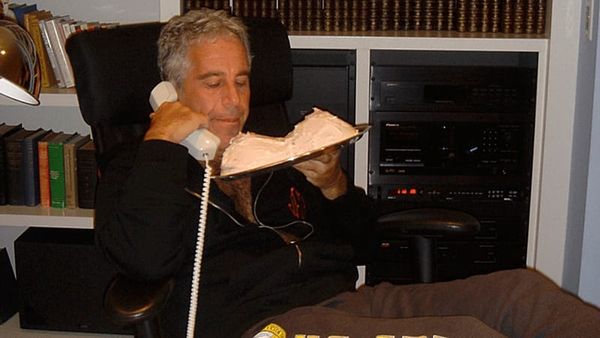
From worrying about another rate rise, the question now is when the Reserve Bank will move to cut rates. For those wanting to buy their first home, this, however, brings the worry that house prices will again soar and housing affordability fall even more.
Three weeks ago, the market was pretty sure the RBA was not going to raise rates. Yes, as I noted, there were lots of rumblings by inflation hawks who wanted the RBA to be tougher – such as the US Federal Reserve had been – but, for the most part, the signs were that the RBA would keep rates steady for a while.
Then last week the US unemployment rate jumped to 4.3% and with it came the realisation that “being tough on inflation” generally leads to a recession.
This is not a shock. It happened in the 1980s and 1990s.
And so now a rate cut by the end of the year is very much on the cards:
If the graph does not display click here
It’s important not to underestimate the impact of rate rises. A colleague at the Australia Institute, David Richardson, has estimated that every 25 basis point rise in the cash rate since March 2022 has increased the annual interest income to banks (essentially taking it out of the economy) by about $12bn:
If the graph does not display click here
And while some people do get higher interest from term deposits, the costs and benefits are spread very unequally. Those gaining are generally older and wealthier, while the losers are generally younger first homeowners.
While it is good for many that a rate cut will help provide some stimulus to a struggling economy, rate rises of course bring a double-edged sword for housing.
Lower rates might help those who have a mortgage, but they often increase the number of people buying homes and thus increase prices.
Last week the latest housing loan figures showed that there has been a pretty strong recovery already in the number of loans being taken out:
If the graph does not display click here
In April, May and June, the total amount of housing loans was 20.5% higher than it was in those three months last year. That suggests that property prices are set to keep rising solidly for the rest of the year.
That is not exactly great news for anyone wanting to buy their first home.
And while rates are still lower than when they peaked in the 2008, because the cost of houses and thus the size of mortgages has increased markedly over the past 10-15 years, the repayments are much higher now than then when the average discounted home loan was 9.62% compared with the current average of 7.12%.
If the graph does not display click here
Repaying an average first-home buyer home loan now takes up more of the average household disposable incomes than ever before.
It is essentially impossible to repay a home loan if you are an average household.
Unfortunately, the necessary help is yet to really be on the way.
The ultimate solution is more houses and apartments.
The bad news on this score is that the latest building approvals figures showed that the year to June recorded the lowest number of residential building approvals since early 2013.
But back then the population of Australia was 23m, now it is about 27.3m. That means fewer residential buildings are being approved per person now than in the past:
If the graph does not display click here
And one thing the new minister for housing, Clare O’Neil, is going to have to confront, and do so with speed, is that there has been an absolute decade of neglect from governments on this issue.
If the graph does not display click here
Back in the 1960s, about 15% of all new residences being built were done by the public sector. After the mid-1990s, this fell of a cliff as the Howard government and state governments transformed housing policy towards ramping up demand and, in turn, house prices.
Now the public sector accounts for less than 2% of all new residential buildings.
Again, because of population growth, this means that while in the 1960s about 1,200 public-sector houses were built each year per million citizens, now it is just over 100:
If the graph does not display click here
The news that interest rates might be cut by the end of the year will be welcomed by homeowners, business owners who have felt the impact of the higher interest repayments taking billions out of the economy, and the government who would much prefer to go to an election with rate going down.
But, for those looking to afford a house, the news is not as good. Yes, they will be more likely to be able to afford the repayments, but with public-sector housing at record lows, those hoping for increased housing supply and affordable rent and more affordable house prices will have to wait.
Greg Jericho is a Guardian columnist and policy director at the Centre for Future Work







